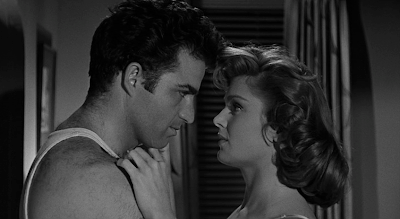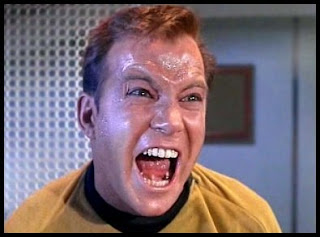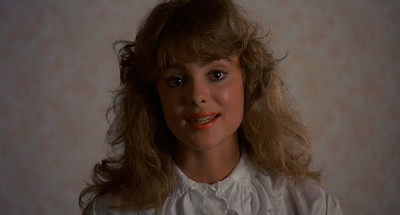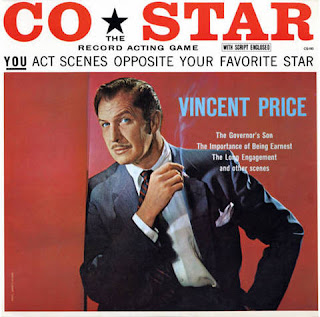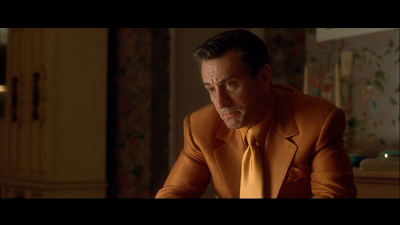Beelucinations!
We have a winner! THIS, ladies and gentlemen, is the worst Michael Caine movie we screened this winter. And the most enjoyable! Stirling Silliphant, who wrote decent B-noirs like Nightfall and The Lineup, banged out one truly hideous screenplay full of redonkulous dialogue, pointless scenes, forgettable characters and their curiously meaningless deaths. And Irwin Allen, the guy behind The Towering Inferno and The Poseidon Adventure, truly made the disaster movie to end all disaster movies when he made The Swarm, because it was the first of three major money losers that eventually put him out of business. I don't know if those two should have been locked up or given medals! The differential between the quality of the star-studded cast and the crappiness of the material just adds to the astonishment factor. So, what's going on here? We have a small Texas town threatened by swarms of killer bees! Michael Caine is an entomologist who drives a fantastic rust-coloured van and puzzles over how to stop them without destroying six million dollars worth of crops! Henry Fonda in a wheelchair! Richard Chamberlain for no reason! Slim Pickens!
Yes, this is Henry Fonda in a motorcycle helmet and spacesuit in a wheelchair, electrocuting bees. Then he puts a slide of bee residue up to his nose, and exclaims: "Smells like BANANAS!"
There are just endless threads of sub-plot, including this: however will southern lady Olivia de Hallivand choose between her two elderly and charming suitors? Will she go for crusty cowboy Ben Johnson? Or perhaps 103 year old Fred MacMurray? Oh, I could watch this senior citizen soap opera all day except that in two minutes this whole problem will be irrelevant because that train is going to crash down a mountain. Oops! I spilled some beans.
This movie is truly a universe unto itself and fascinating as hell. Many of the laws of nature from our own world just don't apply in The Swarm. Logic seems irrelevant. Even though the town has suffered many bee attacks, Michael Caine enjoys driving around in his van with the windows down. He never really checks up on Henry Fonda's research. For some reason, it seems like a good idea to run around inside an office tower with fire throwers. The movie basically implodes in on itself, deteriorating (unbelievable) into even worse dialogue and crazier concepts. For one entire scene, the cast refer to the bees simply as "Africans." They express concern about being overrun with Africans, and even the DOS computers have alert scrolls warning of an African invasion! Even though this version ran 156 minutes, I wanted to just rewind it and watch it all over again! They really did shoot live bees at people! Richard Widmark! Patty Duke! Jose Ferrer!




